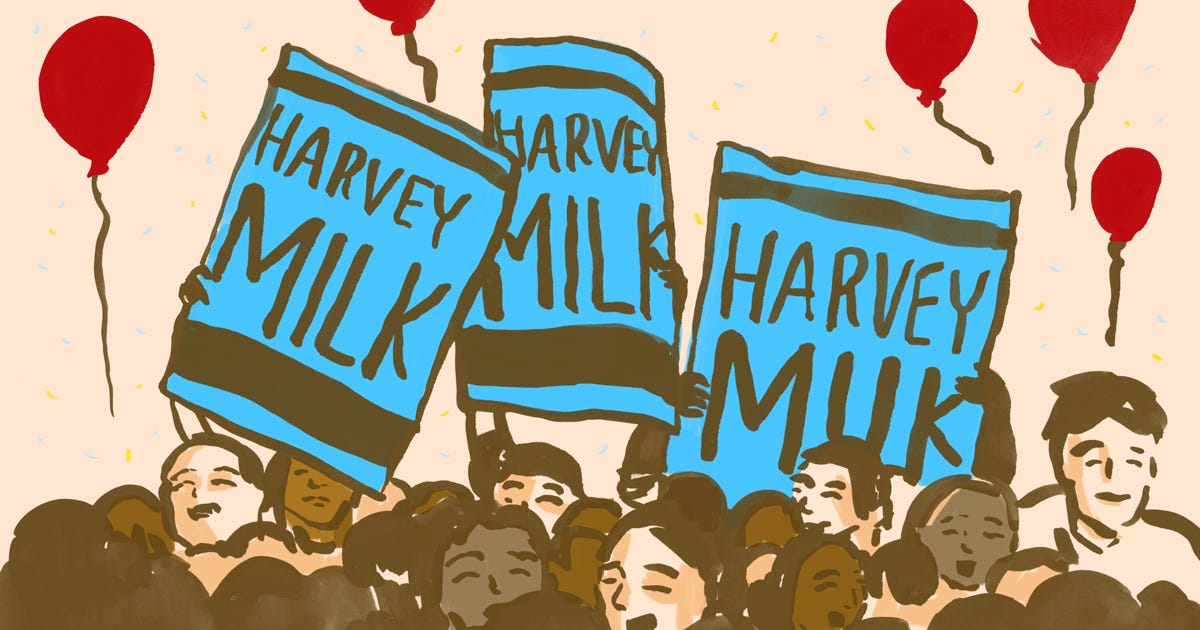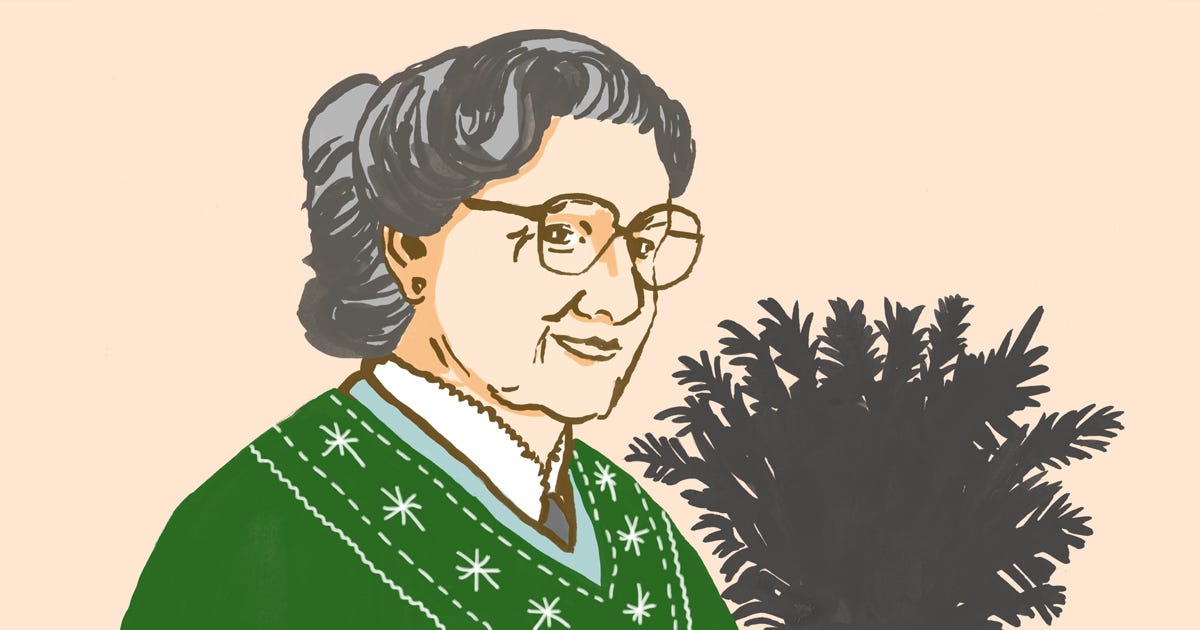
San Francisco’s been a favorite film setting since the inception of the industry. In fact, the Bay Area played a big role in the early days of cinema. While it’s not as popular as New York or Los Angeles as a filming location, our beloved, beautiful city has been featured in plenty of classic — and infamous — movies and television shows.
However, as good as a TV show director’s and filmmaker’s intentions may be, most of them live in said showbiz centers of New York or LA, which means there’s always the chance that they, you know, will get San Francisco life completely wrong. Sure, there’ll always be an element of fantasy when it comes to entertainment; but there’s fantasy, and then there’s pretending that Carrie Bradshaw can afford a stable of Manolos on a newspaper columnist’s salary.
So how do some of the most famous fictional San Francisco homes hold up? We’ve rounded up some simple (and extremely approximate) parameters — number of occupants, neighborhood, median home price at the time, average incomes and how ridiculously each represents reality on a scale of 1 to 10 — to see which characters in the real world would actually be able to afford to live in their famous dwellings. Let’s take a look at who passes our test and who fails miserably.

Godzilla (2014)
One of the most recent major motion pictures set in San Francisco was the rehashing of the monster-movie classic Godzilla. Our hero, military man Ford Brody, lives in a home with a sparkling view of the Golden Gate Bridge with his wife, Elle, a nurse and their young son. Their neighborhood is never addressed, but any home with an unobstructed view of the bridge probably commands a few extra dollars. The mishmash of furnishings and outdated fixtures in Elle and Ford’s home are realistic for a family struggling to keep up with the Zuckerbergs and seems to fall in line with the very start-uppy mentality of splurging on nice digs and worrying about the rest later.
For some reason they also use the Golden Gate Bridge to get to the kaiju-free zone in Oakland, which strikes us as a little unorthodox. Still, if you’ve ever been caught in Bay Bridge rush-hour traffic, that might not sound like such a bad idea to you.
Number of Occupants: 3
Bedrooms: at least 2
Neighborhood: Unspecified
Median Home Price, 2014: $993,100
Average Salary, Nurse, 2014: $83,000
Average Salary, Naval Officer, 2014: $59,200
Ridicu-level: 6
Monk (2002 –2009)
Let’s start by addressing the fact that Monk contains some of the most baffling depictions of SF life ever captured on film (of course you can find street parking right outside your destination!), which tends to happen when a series isn’t filmed in the same city — sometimes not even the same country — as its setting. However, detective Adrian Monk’s Pine Street apartment seems like something that would have been available — and more affordable — around the time this show was on the air. Though he’s self-employed, you have to imagine that, given his control issues, he’d be willing to pay a little more for a nicer place.
Number of Occupants: 1
Bedrooms: 1
Neighborhood: Pacific Heights/Nob Hill
Median Rent, Two-Bedroom, 2001: $2,400
Average Salary, Private Investigator, 2002: $34,792
Ridicu-level: 5

Milk (2008)
Living in San Francisco during the production of Milk was like living in the nerve center of a time machine. Castro Street was meticulously transformed into a living history museum of the district as it looked in the 1970s, and the set that was built in Harvey Milk’s old camera shop on Castro Street earned accolades from long-time locals for reminding them so much of the real thing (he lived above the shop from 1975 to 1978).
Number of Occupants: 1
Bedrooms: Unspecified
Neighborhood: Castro
Median Rent, Two-Bedroom, 1979: $435
Salary, City Supervisor, 1978: $9,600
Ridicu-level: 0 because he was a real person who actually did live there.
That’s So Raven (2003 –2007)
It’s hard to rank this one because the only indications given that this show takes place in the city are a few postcard shots shown when the show comes back from commercials. The home that’s implied to be the Baxters’ house is a sprawling Victorian on the corner of Ashbury and Page Streets, but the jury’s still out on whether they’d be able to afford it. Dad is first a chef, then a restaurant owner. The food industry in this city wasn’t nearly as lucrative an endeavor in the early 2000s as it is today, but he does go on to be a White House chef in the inevitable Disney Channel spin-off, so there’s a chance he was pulling in some serious…dough (sorry).
Number of Occupants: 3
Bedrooms: Unspecified
Neighborhood: Haight-Ashbury
Median Home Price, 2004: $765,250
Average Salary, Chef, 2003: $51,830
Ridicu-level: 5

Mrs. Doubtfire (1993)
Pacific Heights seems a little tony of a ’hood for a voice actor (and an infrequently working one at that) to comfortably afford. Still, the crux of the movie is that voice artist Daniel Hillard’s wife, an interior designer, is the one bringing home the bacon, and those smart blazers and pressed pants she rocks throughout the film tell us she’s likely bringing home a whole lot of it. The “detestable” nature of Daniel’s post-divorce bachelor pad in North Beach seems about right, but for true accuracy, they should have knocked it down to a one-bedroom.
Number of Occupants: 4
Bedrooms: Unspecified
Neighborhood: Pacific Heights
Median Home Price, 1993: $275,380
Average Salary, Voice Actor, 1993: $26,023
Average Salary, Interior Designer, 1993: $49,816
Ridicu-level: 4
The Princess Diaries (2001)
When The Princess Diaries came out at the turn of the millennium, it made sense that Mia’s artist mother would live in a converted firehouse in San Francisco — only wacky creative types would live in such a silly place. Now it makes sense that anyone would live in a converted firehouse if the price was right (read on: it’s not). The actual firehouse is located in the Excelsior, which is across town from Mia’s school in the Marina, but we’ll let that slide.
P.S. This house recently went on the market for the hefty, but not unheard of, sum of $2.6 million.
Number of Occupants: 2
Bedrooms: 3
Neighborhood: Excelsior
Median Home Price, 2000: $543,059
Average Salary, Artist, 2001: $29,038
Ridicu-level: 2

Full House (1987 –1995)
Let’s start with the most famous: the Victorian on Broderick Street that will forever be known as the “Full Househouse.” As a TV host for a small-time local station, Danny certainly couldn’t have handled the cost of living there on his own, and the only other incomes in the home came from a ventriloquist and struggling rock star, which likely wouldn’t be much help. Still, the Tanners were pros at packing a billion people into a house before it was the only way to make rent in this town, so maybe we should hail them as forward thinkers.
Number of Occupants: 6–9
Bedrooms: 4
Neighborhood: Lower Pacific Heights
Median Home Price, 1990: $299,340
Average Salary, TV Host, 1990: $23,829
Ridicu-level: 7
Vertigo (1958)
Vertigo takes place at a time when finding housing in San Francisco was still a somewhat reasonable affair. The spellbinding Telegraph Hill view from Scottie’s front window might be a little far-fetched for a retiree, but we’re absolutely in love with the Mad Men-era interior and furnishings in Scottie’s pad and the whimsical detailing on his building’s exterior ( that Roman brick planter and the little fence outside his door! ). If you’re a local, Vertigo is a hazy, wistful window into your grandparents’ San Francisco — a dreamy, windswept look at its I-left-my-heart years.
Number of Occupants: 1
Bedrooms: 1
Neighborhood: Telegraph Hill
Median Rent, One-Bedroom, 1960: $73
Average Salary, Detecitve, 1960: $6,925
Ridicu-level: 1
So I Married an Axe Murderer (1993)
There are a lot of homes to choose from here, but we’ll focus on the most memorable: Harriet’s awesome loft space. Built on location in some old lofts on Cesar Chavez (still called Army Street then), it’s a quintessential artsy-fartsy San Francisco apartment rented out by a quintessential artsy-fartsy San Franciscan (the kind who are getting priced out of town left and right these days). Based on the numbers alone, just 21 years ago, it would have been totally possible for Harriet to live comfortably in a studio in what was then a less-glamorous sector of the city. In 2014 there’s a sprout of new condos right across the street .
Number of Occupants: 1
Bedrooms: Studio
Neighborhood: The Mission
Median Rent, Two-Bedroom, 1993: $965
Average Salary, Butcher,1993: $24,908
Ridicu-level: 2

Star Trek (2009) and Star Trek Into Darkness (2013)
OK, so there aren’t really any houses involved here, but this deserves a nod anyway. In the future, Starfleet’s universal headquarters are located in San Francisco — and as this excellent Wired analysis points out, that seems like a no-brainer, given both our naval- and STEM-soaked history. In the most recent Star Trek films, the city is depicted as a gleaming forest of high-rises, something we are actually already on our way to becoming. We may love money a little too much to evolve into a nonmonetary society, but we definitely have the technical know-how to make this a reality.
Ridicu-level: 0
Are we missing any of your favorites? Tell us in the comments.







